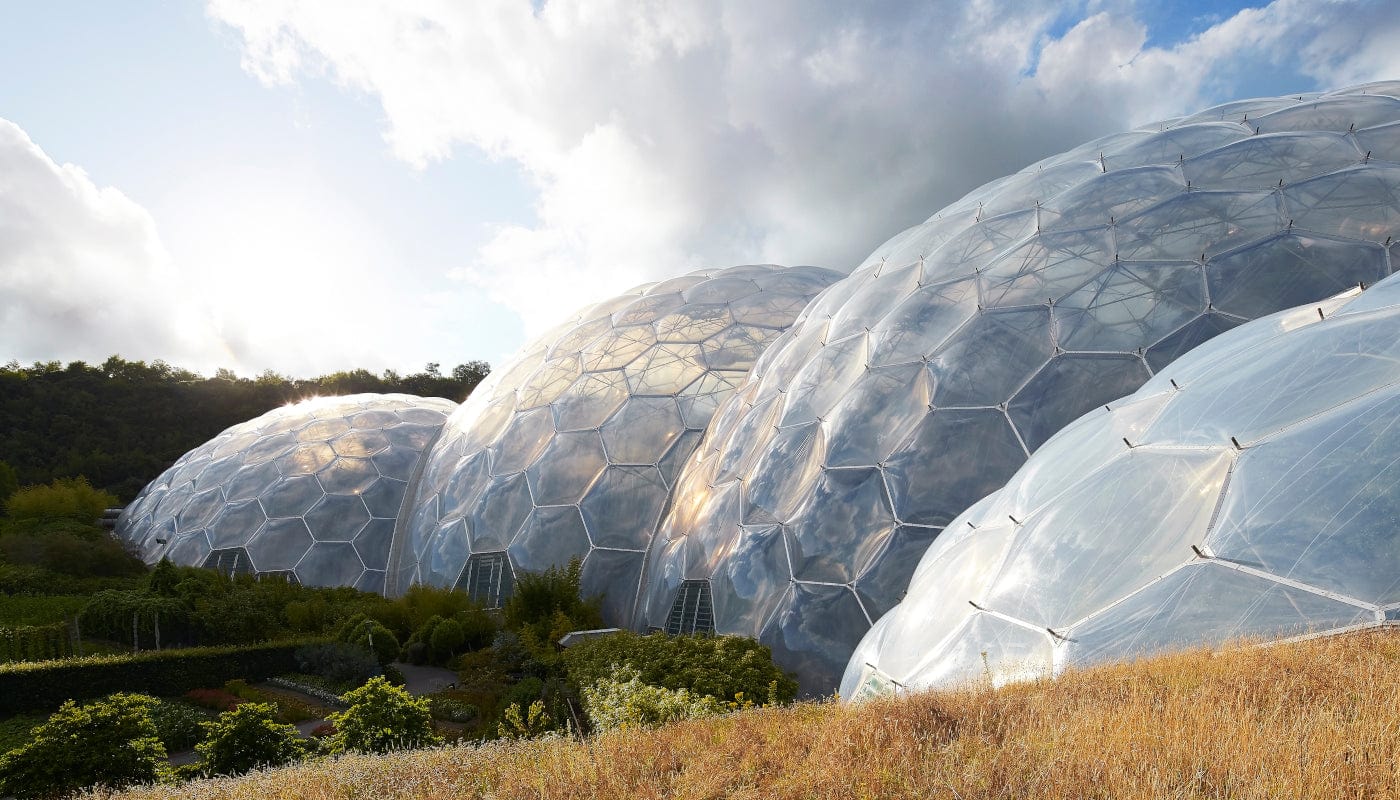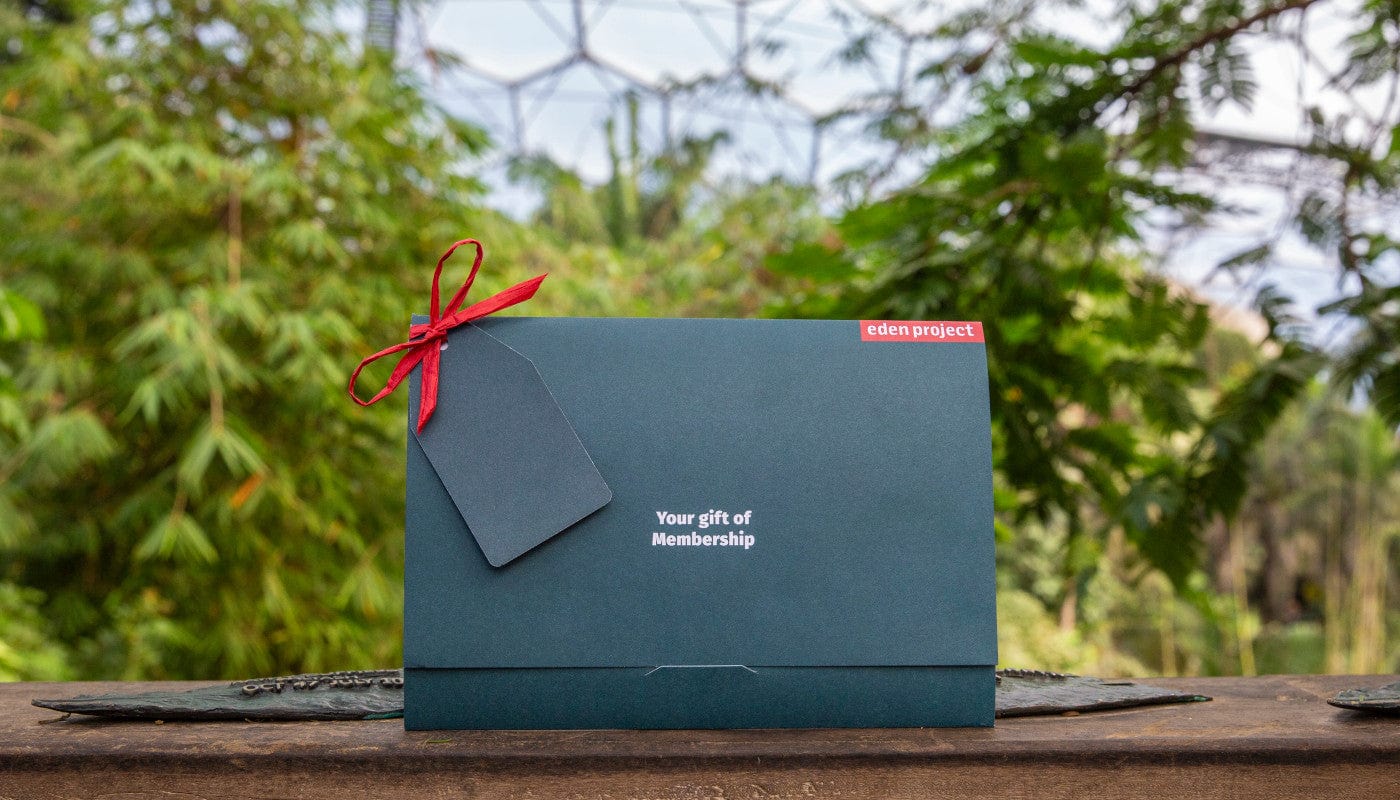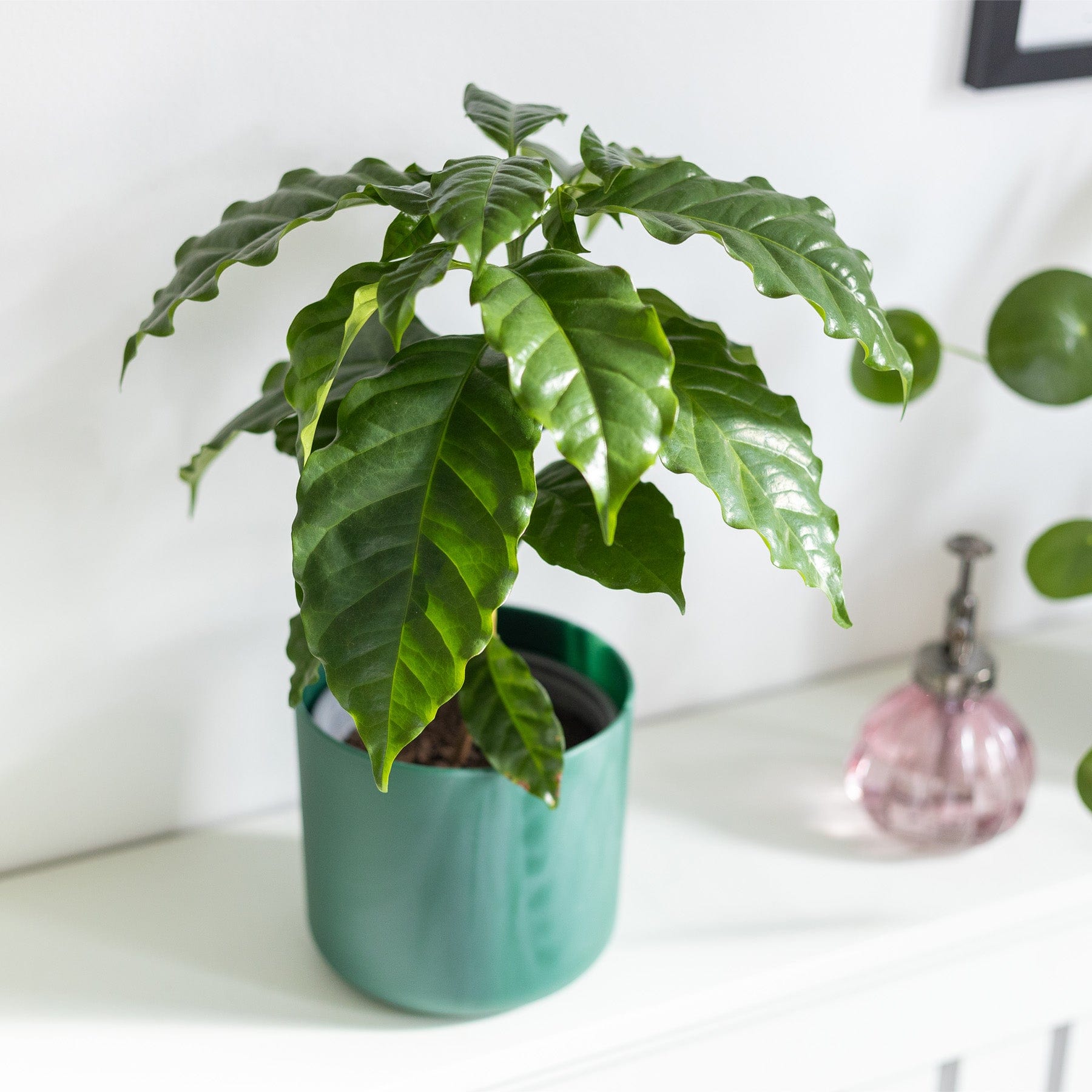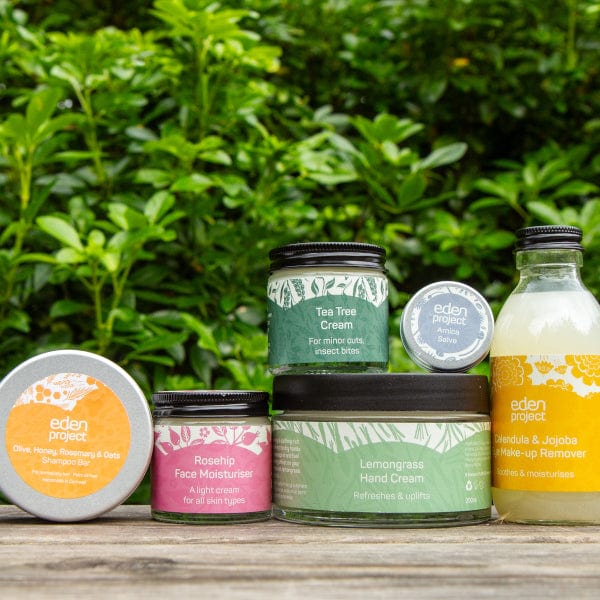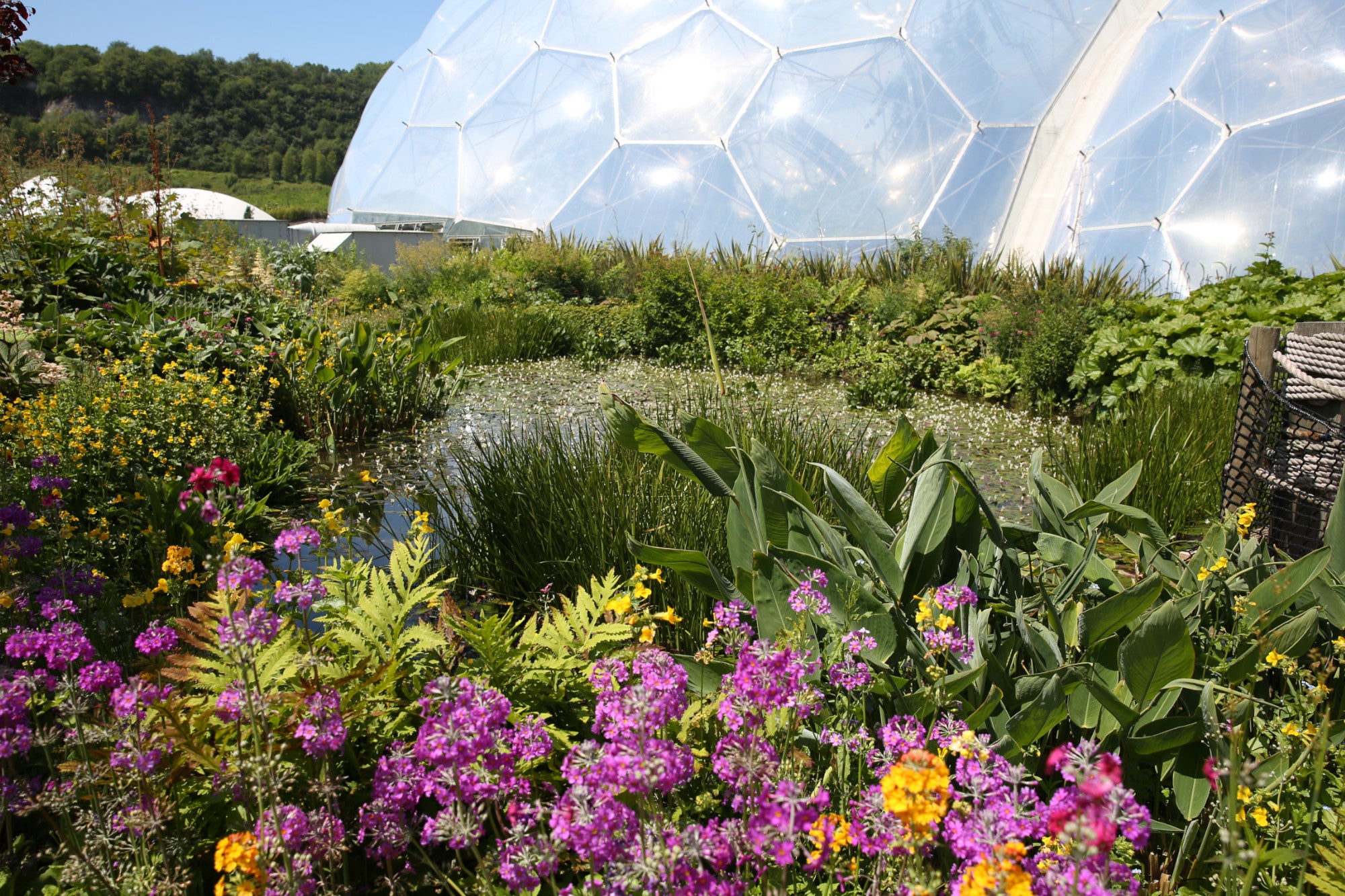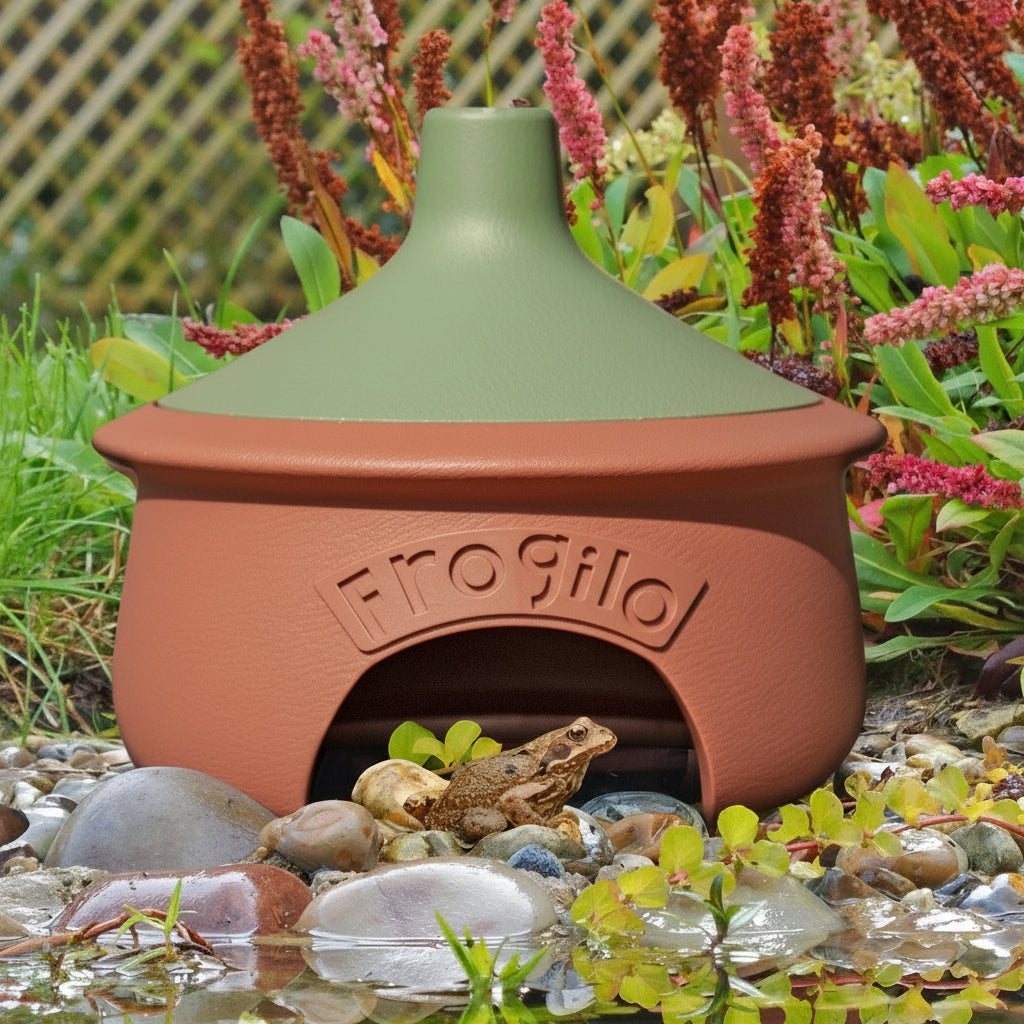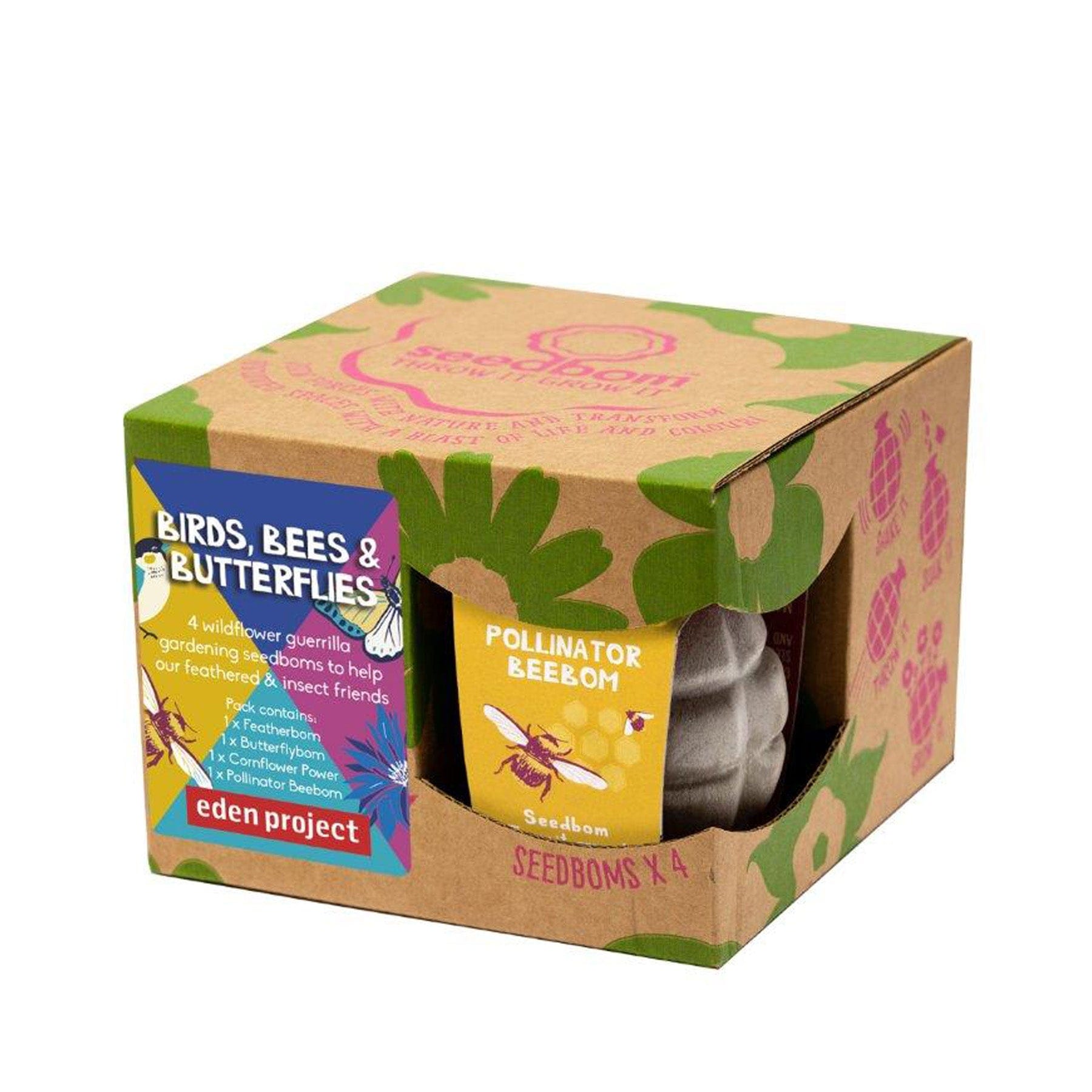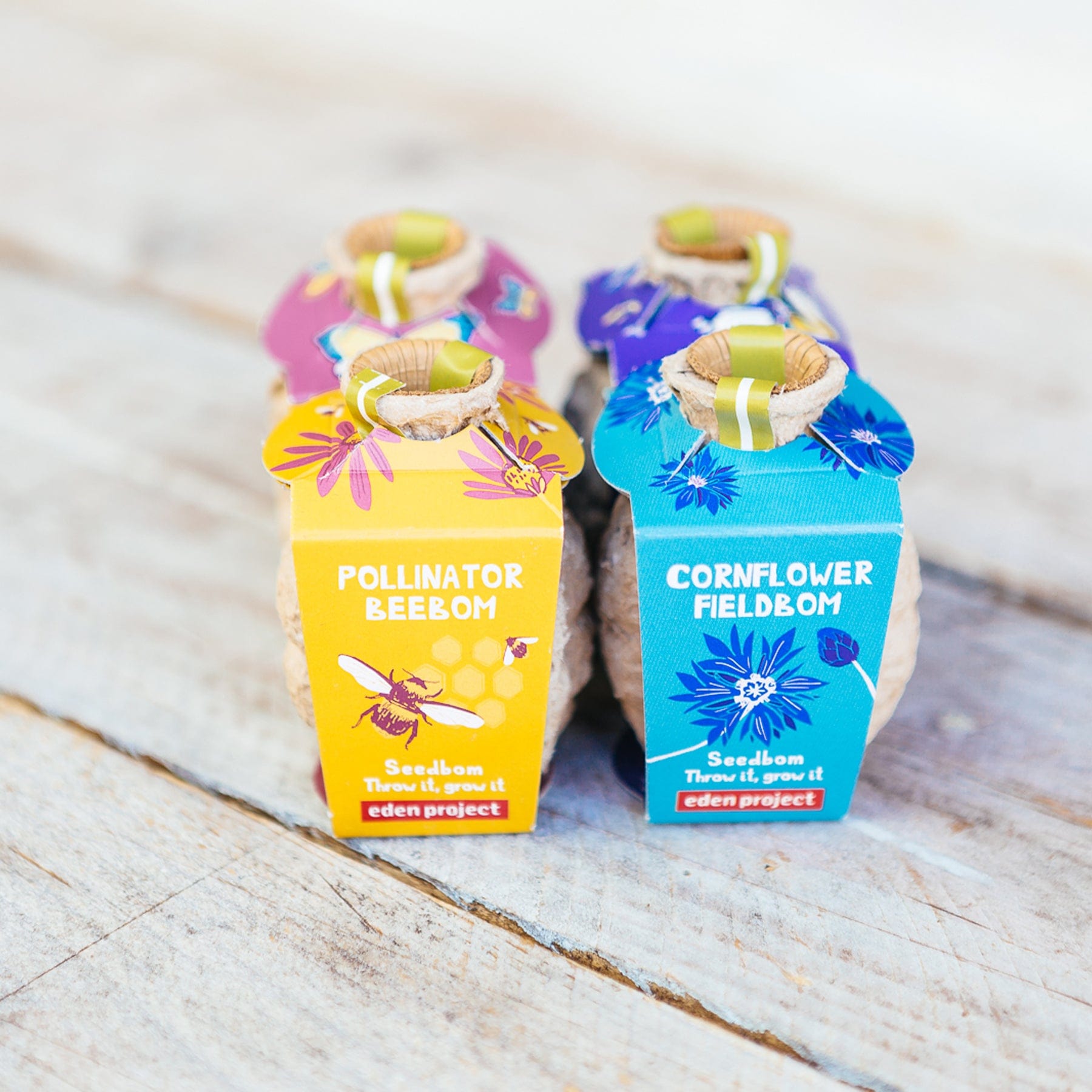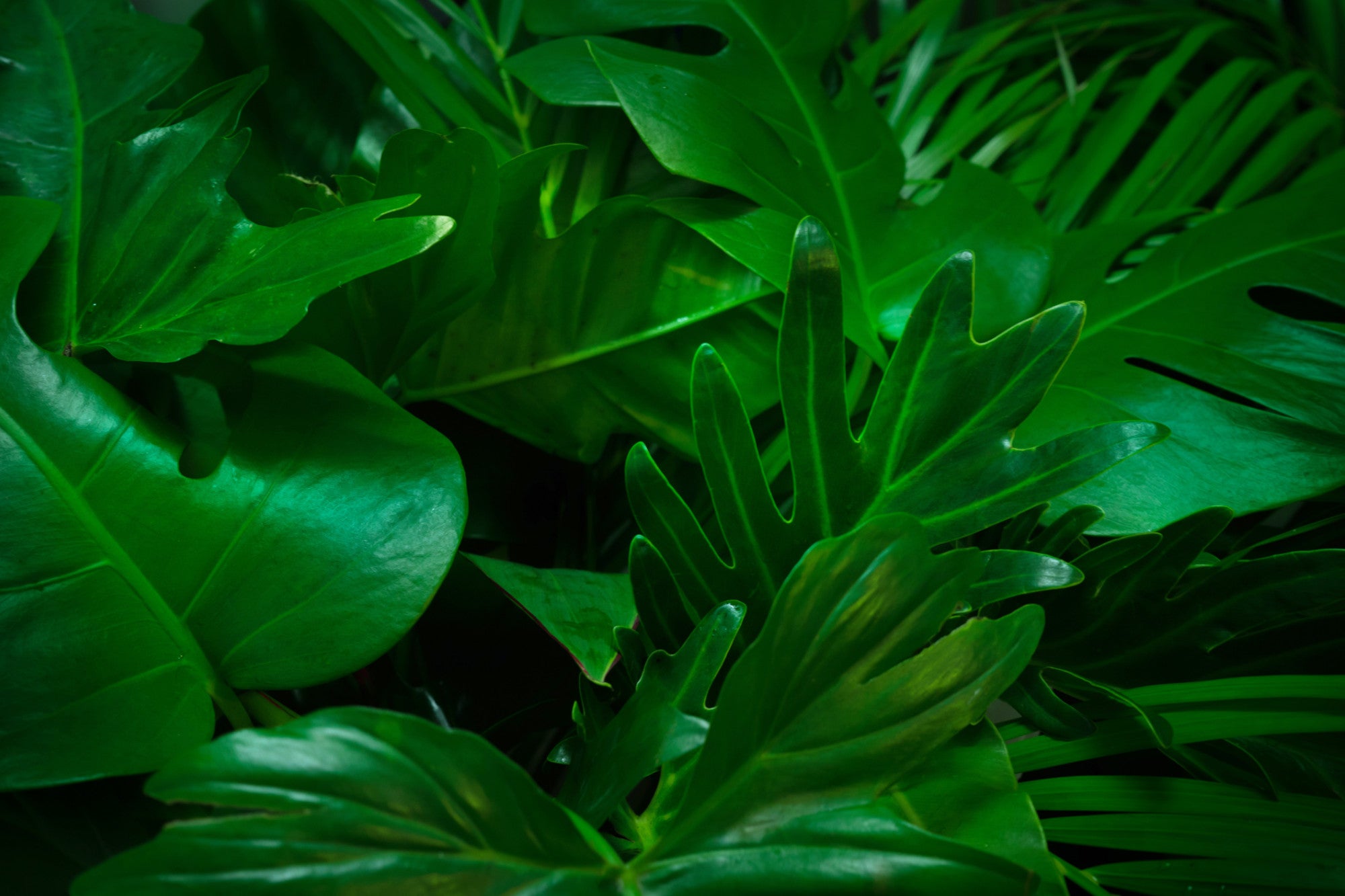A guide to garden visitors: What to do if you find a hedgehog in your garden
Hedgehogs are one of the UK’s most beloved wildlife species, their cute appearance and docile nature making them a welcome visitor to most gardens, particularly if you’re lucky enough to spot them. These loveable spiky mammals can be found across the UK, in woodlands, farmland, natural parks and suburban areas but unfortunately, their population is dwindling due to loss of suitable habitat, increased pesticide usage which affects their food supply, and the lack of safe passage across roads.
Like all species on the planet, they are an important member of their ecosystem and we must make efforts to help reverse their decline. Thankfully, there are some things that we can do at home and in our gardens to help support the hedgehog population and rekindle the number of hedgehogs in the wild. If you’d like to find out more about attracting hedgehogs to your garden, or what to do if you spot one, read on as we share our top tips for making sure these friendly creatures are looked after.

What month do hedgehogs come out of hibernation?
Hedgehogs enter hibernation around October or November, depending on the weather conditions, and they emerge from hibernation in March or April. However, because hedgehogs aren’t really asleep during their hibernation, but in a state of torpor, they may sometimes be seen moving nesting sites during this period. Similarly, in very mild winters they may remain active for longer periods, sourcing little bits of food to further build up their energy reserves.
When in a state of torpor, hedgehogs will be primarily inactive so that they don’t use up their energy. This energy is built up over the summer months by feeding to build up as much body fat as they can. During the hibernation process, they can lose a third of their body weight, so it is important not to disturb any hibernating hogs as this will cause them to be active again and deplete their energy resources.
What to do if you find a hedgehog in your garden
Remember that hedgehogs are nocturnal creatures, if you spot one in your garden during the night, it’s best to leave it alone unless you can clearly see that it is injured or unwell. If you see a hedgehog during the day, it is likely to be in some trouble and will need to be taken to a hedgehog rescue centre. You can find a list of rescue centres here to help you in your search, though you may also find a closer centre by doing an online search in your area or contacting other centres and veterinary practices who may be able to direct you.
How to handle an injured hedgehog
If you do spot a hedgehog in your garden during the day, you’ll first need to prepare a suitable cardboard box. Line the box with newspaper, and place a small shallow dish of cat food and water in the box if possible. If the hedgehog is very cold or looks underweight, you can also include a hot water bottle or filled drink flask wrapped in a tea towel for it to snuggle up to for warmth. Hedgehogs are naturally great climbers, so always keep an eye on the box in case they try to escape. You’ll also want to provide an old tea towel for them to hide under. To pick up the hedgehog, you’ll need a pair of thick gardening gloves. Use both hands to scoop up the hedgehog by picking it up from the middle, and placing it into the prepared box.
How to make your garden safe for hedgehogs
Many gardeners love hedgehogs because they eat worms, beetles, and other insects that may disturb plant growth. If you see a hedgehog visiting your garden each night, it may not be the same individual each time, but instead different hedgehogs that have found a safe space to have a feast in your garden. To cater for these regular visitors, there are a few things you can do to help make your space more welcoming and avoid causing any accidental injuries:
- Avoid using slug pellets or pesticides - these are poisonous to hedgehogs and other wildlife species. If you have plants that need protecting, try natural methods such as using coffee grounds or crushed eggshells, or placing an impermeable fence around the plants.
- Elevate any netting - hedgehogs can easily get trapped in netting, this could be anything from goal post nets to wire netting. Make sure they’re a foot above the ground to stop hedgehogs from becoming entangled.
- Pick up litter - litter is extremely dangerous as a range of wildlife, including hedgehogs, can get stuck in it, this is an even bigger threat if they get their heads stuck and are unable to feed, drink, or breathe. Check your garden each day for any litter that may have blown there and dispose of it.
- Provide exit routes - If you have a pond, fountain, or other water feature, place a small log or plank in the water to ensure that hedgehogs can easily climb out if they fall in whilst taking a drink.
- Check hiding places before mowing, strimming, or moving - hedgehogs can hide in anything from compost heaps and bonfires to long grass and piles of leaves. Make sure you carefully check anywhere they could hide before disposing of these piles or approaching with dangerous tools.
- Cover any holes and drains - hedgehogs can fall into holes or drains and become trapped. If it isn’t possible to cover them completely or with a drainage grid, check the holes at least once a day for any distressed hoglets.
- Keep pets away - Your pet and the hedgehog should be separated. Dogs and cats can be injured by the spines of the hedgehog, and pets can cause injury to unsuspecting hogs. During dawn and dusk especially, keep your pets on a lead and turn on an outside light to give hedgehogs a warning.
What should I do if I accidentally disturb a hedgehog?
If you accidentally disturb a hibernating hedgehog, simply cover the hedgehog with a pile of dry leaves or with some compost if you found it in a heap. Try leaving a shallow bowl of food and some water nearby in case the hedgehog needs to rebuild some of its energy reserves.

Hedgehog feeding guide
When it comes to feeding these prickly creatures, there are a few dos and don’ts surrounding their diet. It’s a common misconception that hedgehogs should be given milk to drink, and whilst they might enjoy it if you put it down, it is not good for them as they’re lactose intolerant. Instead, make sure that water is available for them to drink at all times and follow the feeding guide below to provide them with the right nutrients.
What do hedgehogs eat?
In the wild, hedgehogs mainly eat insects. They can also be found eating berries and other fruits, bird eggs, frogs, and small chicks. These are not items we’d expect anyone to have to hand other than if you keep exotic pets already, so don’t worry if you’re looking for alternatives to create homemade hedgehog food to feed your visitors. The below options that you might find in your kitchen are safe for hedgehogs to eat:
- Dry and wet cat food - look for foods with low fat and high protein content
- Chicken, salmon & tuna - should be cooked and unseasoned
- Spinach & broccoli - cooked or uncooked
- Sweet potato - preferably cooked
- Carrots - cooked or uncooked
- Apples, Bananas, Pears - fresh not dried
- Cherries, Strawberries, Raspberries - fresh not dried
- Blueberries - with the skin removed.
Remember that hedgehogs are very small, so should be fed in small quantities, especially for items that are higher in sugar or fat. If you do feed mealworms, be careful to only give them as an occasional snack as hedgehogs can become somewhat addicted to eating them and will shun other foods with better nutritional value.
There are also some foods that you should not give to a hedgehog, this includes nuts and seeds, chocolate, dairy products, bread, citrus fruits, avocado, pineapple, grapes or raisins, mushrooms, allium family vegetables (onions & garlic, etc).
Where to put hedgehog food
It’s important to keep your pets away from hedgehog food, especially if it contains anything that your pet can’t eat or has sensitivities to. This will also help to reduce the chance of your pet getting worms from sharing food with the hedgehog and will also reduce the risk of predators and other wildlife such as foxes and birds getting to the food first. To do this, we recommend building a feeding station.
The best way to do this is by up-cycling an old plastic storage container, either one that has a lid or one that can be upturned to provide cover. Cut a hedgehog-sized hole in the side of the container, and secure a tunnel in the form of a PVC pipe to create an entrance. This will deter cats from trying to swipe the food and rats from entering the box. Use a shallow dish to place the food in, and place another shallow dish of water at the entrance. Place something heavy on the top of the box to stop it from being tipped over and refresh the food offerings daily. The best time to put out the food is just after dusk.
How to build a hedgehog habitat
Hedgehogs aren’t particularly fussy about where they nest, so long as there is good coverage and protection from predators. As such, if you’re happy for these little mammals to reside anywhere in your garden you can simply create a log pile for them to burrow into. However, for a more secure solution, you can build a hedgehog home with a tunnel entrance to prevent predators from accessing the habitat. The Wildlife Trust has a great tutorial for building a habitat, and you don’t need lots of DIY skills to make it suitable. Alternatively, an old wine crate with a hole cut into the side and a small tunnel entrance would be the perfect place for hedgehogs to rest.
Encourage biodiversity in your garden with the Eden Project Shop
If you’re looking to increase the number of wildlife visitors to your garden, we have a range of items that are designed to help you with your project. From pre-built wildlife houses to feeders and native wildflower seeds, we’ve got everything you need to get started on your next garden project and help support wildlife conservation.
To help keep your garden a safe and thriving place, we also stock a range of eco-friendly compost options and soil improvers as well as plant care supplies. Browse the full garden range today to create a healthy green space from the comfort of your own home.

